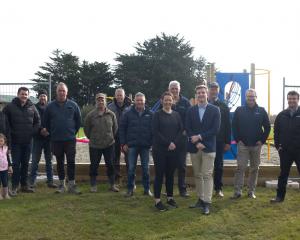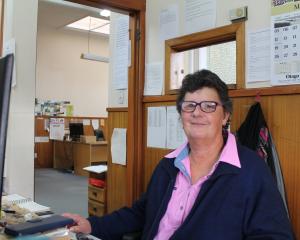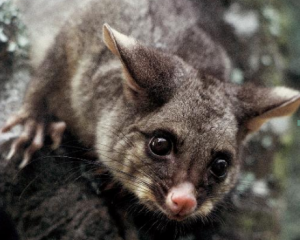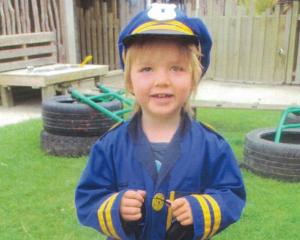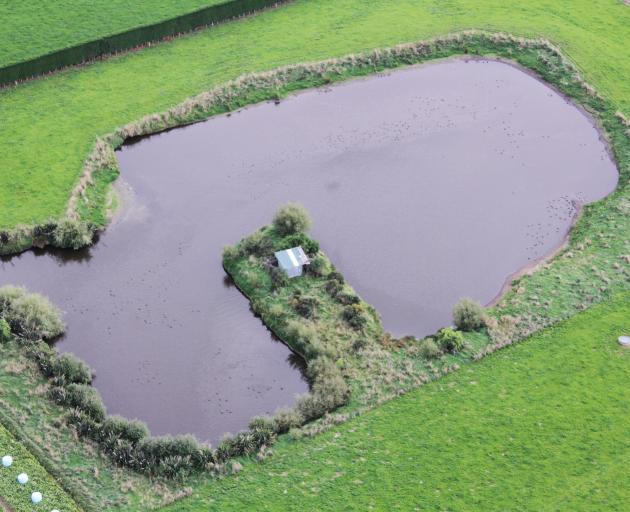
By now, most hunters will have completed maintenance on their mai mai, scrubbed it up, checked their decoys and all their gear will be squared away. This is the week they focus on food preparation and organising the social side of the weekend.
Friends and family will be converging across Southland, ready to reunite in the mai mai, catching up while connecting with nature and harvesting wild food.
For those who may be considering joining in the tradition of waterfowl hunting, I encourage you to give it a try this season as it is a full experience.
Don’t be afraid to ask someone if you can tag along during the season as most hunters enjoy introducing people to their chosen pastime.
Our mallard monitoring this season shows the population down slightly from some higher counts over the last few years.
Nevertheless, this year’s mallard count is in line with the long-term average.
Additionally, our monitoring of paradise shelduck and black swan populations indicate there are strong populations of these birds in Southland, so consider targeting them this season and add some diversity to your harvest.
One notable change to our game bird hunting regulations this season is a reduction in the daily bag limit of Australasian shoveller.
The Southland Fish & Game Council elected to take a conservative approach to shoveller management and implement a daily bag limit of one shoveler drake.
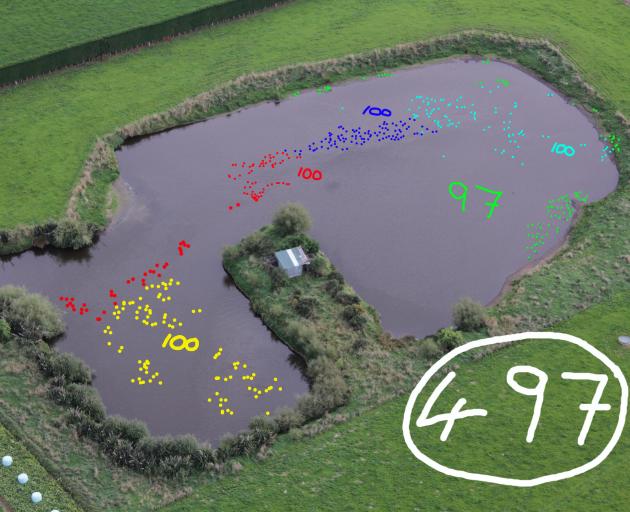
One simple way to harvest a few more ducks on opening day is to add movement to your decoy spread.
Movement can be achieved by throwing stones into the pond, attaching decoys to a piece of string that you can occasionally tug, or with battery-powered decoys. When Fish & Game staff are undertaking compliance checks on opening weekend, we find hunters with one or two moving decoys consistently harvest more ducks than hunters with a static decoy spread.
Another observation we often make is around calling.
Apart from from ruining the ambience of being outdoors, electronic callers belting out loud calls on repeat all day probably flare more birds than they draw in.
Practise a simple quack and call when the birds are flying away from you.
Keep quiet when they are coming your way and let the movement on the water draw them in.
Fingers crossed the weather is suitable for waterfowl hunting, not making hay.
Southland Fish & Game wishes all hunters a safe, enjoyable and successful season.
— Southland Fish & Game field officer Ben Febery

